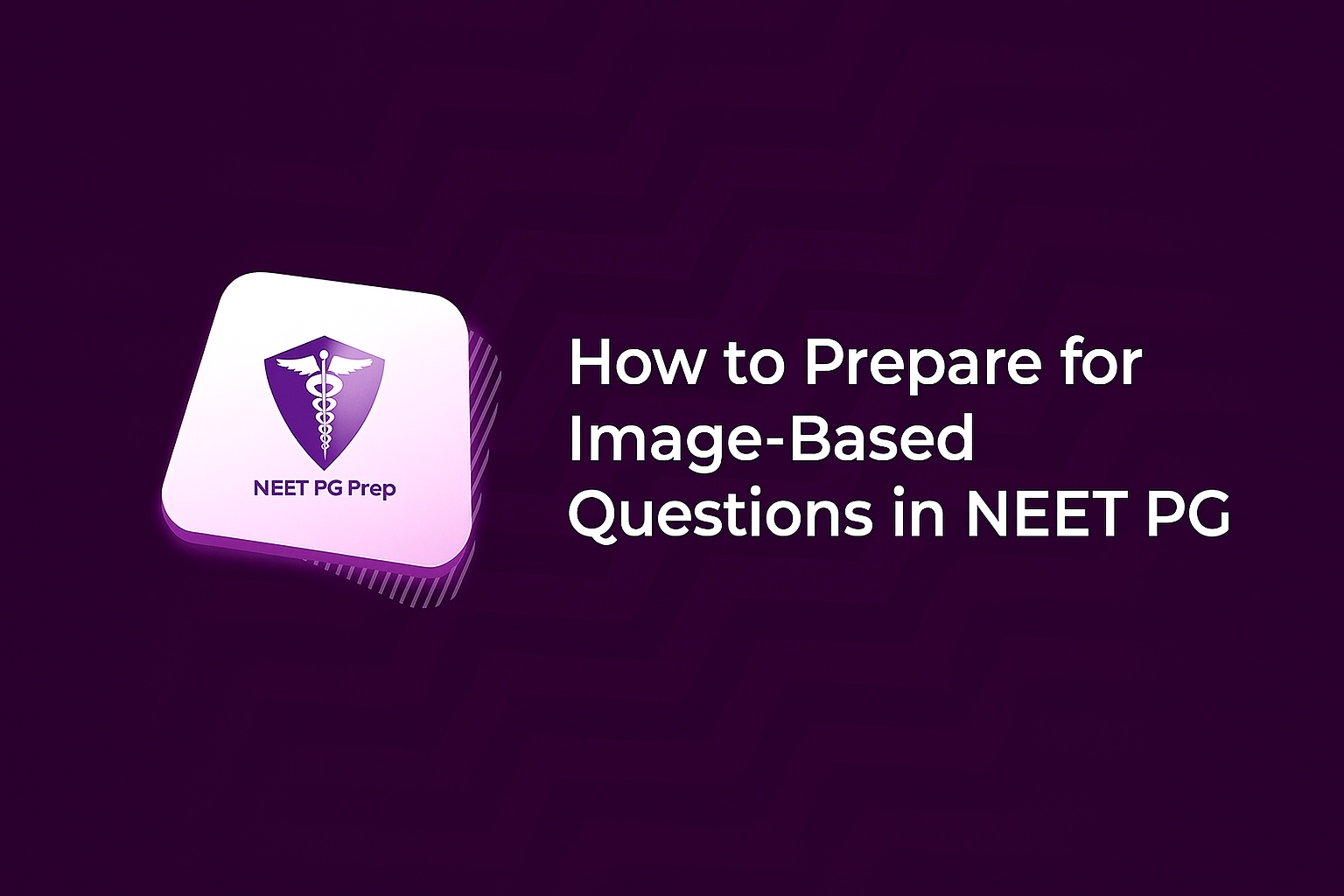Are you a visual learner? Then you're in luck because the NEET PG exam tests your ability to interpret images every year. Image-based questions not only visually engage you, but also activate your cognitive faculties in a way that text-based questions can’t. According to science, our brain responds positively to imagining information, which improves our focus and makes it easier to store and recall things we saw.
NEET PG has at least 20-25 image-based questions. Thus, if you have practiced enough, you are more likely to answer most of them accurately during the mock tests and the real exam by simply looking at the question, image, and the given options. So, read on to get useful tips to prepare to ace the image-based questions like a pro!
Understand the basics of human anatomy
A solid foundation in anatomy helps you to identify the various organs, tissues, and structures in the human body. You can make accurate detection and recognize any abnormalities or anomalies by comprehending the orientation of organs. For example, in a CT scan of the abdomen, a radiologist may need to identify the pancreas, spleen, liver, and other organs in order to diagnose a patient.
Many students lack a thorough understanding of the anatomy of the organs and interpret medical images incorrectly, often leading to a misdiagnosis. You can avoid these mistakes by becoming proficient in anatomy by going through in-depth video lectures. Being good at anatomy will aid you in answering both image-based and clinical-based questions.
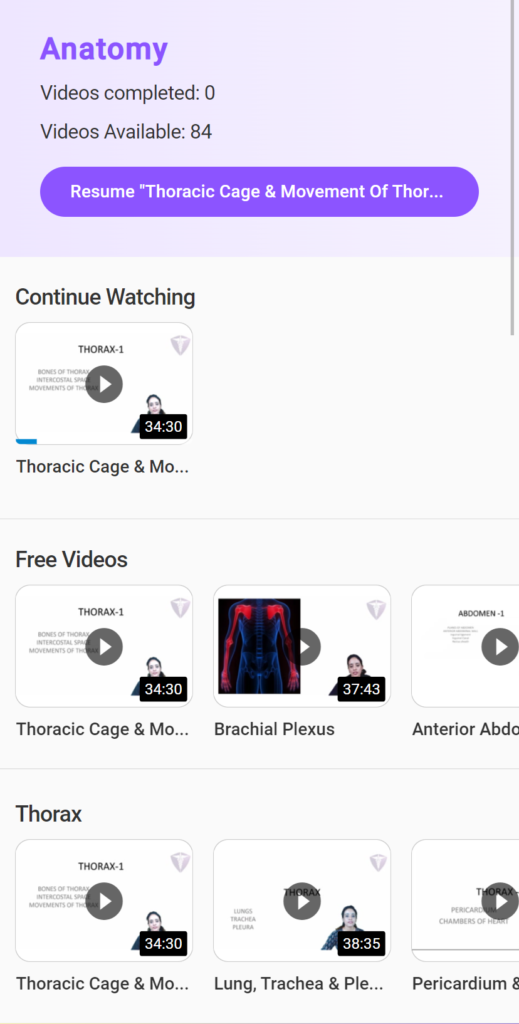
Mastering Imaging Techniques
Understanding imaging techniques is vital to solve image-based NEET PG questions as they usually provide a visual representation of various medical conditions. Being well-versed in these topics also helps to recognize different medical imaging techniques, including X-rays, CT scans, MRI, and ultrasound, and how they are used to diagnose diverse medical situations.
And it goes without saying that this knowledge will assist you to interpret the pictures shown in image-based questions better and answer them easily. Many image-based questions are asked from radiology, anatomy, ophthalmology, microbiology, etc. so get acquainted with the concepts of these chapters so that you can apply them to the image and answer the question correctly. Use PrepDNA on Pre-PG to track your progress in these topics and work where more emphasis is required.
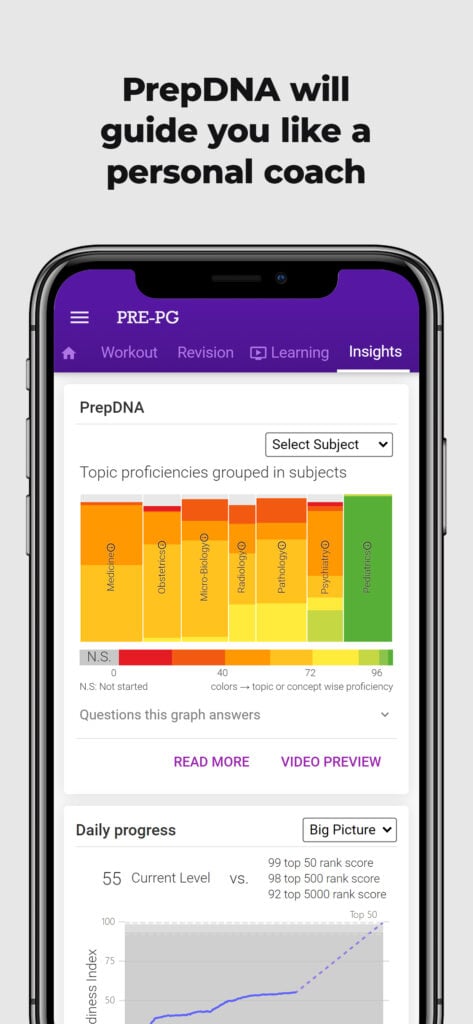
Practice different types of image-based questions
Practicing more image-based NEET PG 2026 MCQs will give you an idea of the various types of questions asked in the exam. The visual questions have images of different medical conditions, diagnostic tests, and procedures. The more you practice image-based questions, the better you will become at interpreting them. Specifically practice 8000+ Image-based NEET PG questions on Pre-PG with the help of advanced workout workout filters.
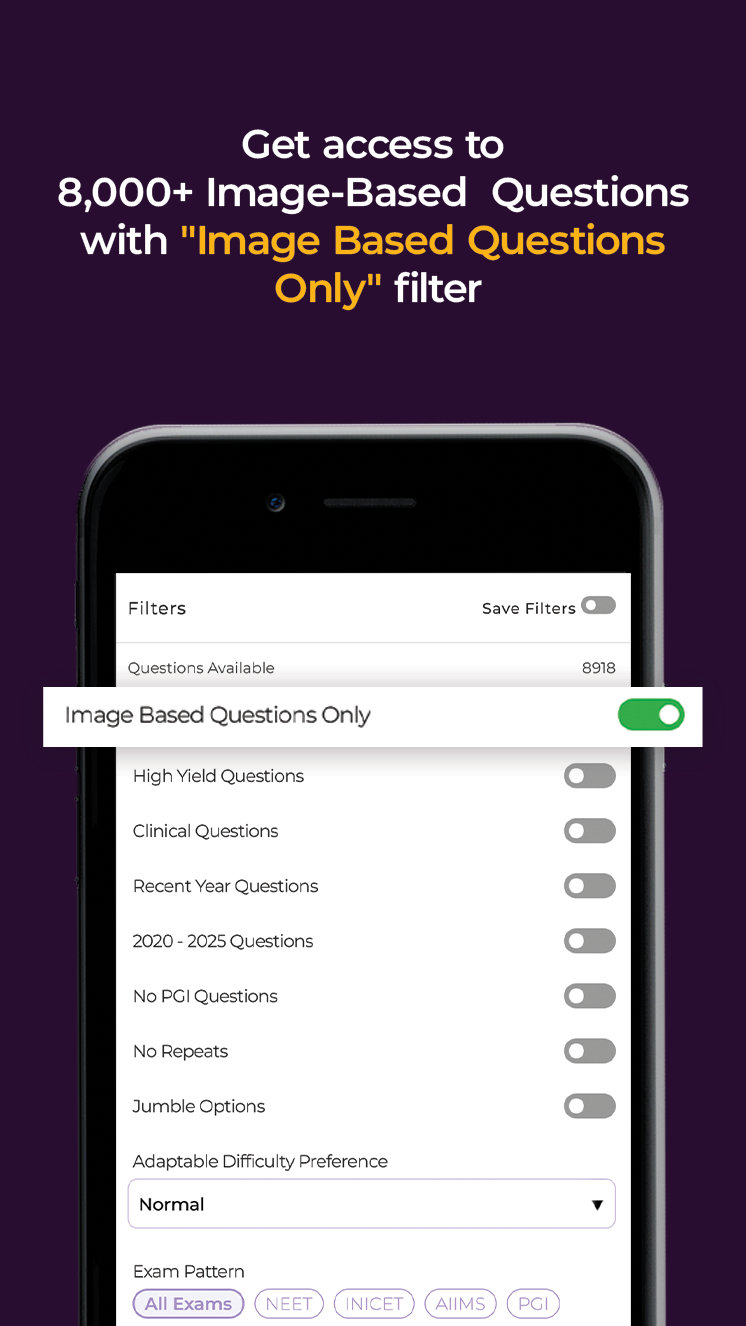
Image Based Questions
Learn to differentiate between normal and abnormal findings in the images
You require a combination of knowledge, experience, and attention to detail to know the difference between normal and abnormal findings in the image. The first step in understanding medical abnormality is to study and figure out the normal images. You should be thorough with images of normal anatomy and know the expected appearance of different organs and structures. Awareness of the pathophysiology of different medical conditions will also help. You should look for any changes in the texture, shape, or size of the structure being imaged. Additionally, you should also pay attention to the positioning of the patient and the equipment used to capture the image.
For example – Being aware that pneumonia causes consolidation of lung tissue can aid students recognize this abnormality in a chest X-ray. Examine the picture properly as missing out on any abnormalities on the contralateral side and misinterpreting normal findings as abnormal or vice versa is common and often leads candidates to answer these MCQs incorrectly during the exam.
Review the questions that you got wrong
We all know the importance of everyday revision during NEET PG so don’t put it on the back burner. The more you review, and practice the image-based questions, the more comfortable you will get with interpreting and answering them accurately. This will eventually increase your confidence. Revising the syllabus regularly and clearing off your daily revision bucket will assist aspirants to identify the key features in the image, notice any abnormal findings, develop strong clinical reasoning, and to build better familiarity with such questions.
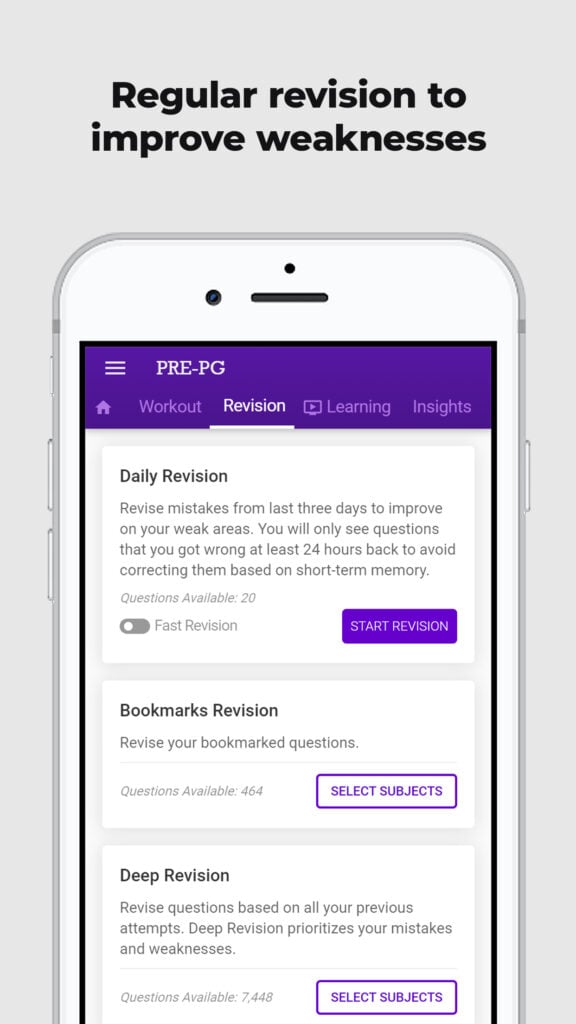
Develop a systematic approach
Maintaining a structured approach to interpreting medical images can help you save time and improve your accuracy. You can start by analyzing the patient's history, identifying the region being imaged, analyzing the image, and then making a diagnosis.
---
Mastering image-based questions is an essential part of preparing for NEET PG 2026. But it doesn’t need to be serious. You can practice it as a fun game with your peers. Create a quiz and take turns presenting images and challenging each other to identify the abnormal findings or see who answers the maximum image-based MCQs. Have a reward at the end for the winner. But remember, even if you don't get every image-based question right on the first try, don't give up. Keep practicing with Pre-PG. By following these tips and strategies, you can improve your ability to interpret medical images, make accurate diagnoses, and excel in the exam. Remember to stay focused, stay motivated, and keep pushing yourself to be the best version of yourselves. With hard work and dedication, you can achieve your dream of becoming a successful medical professional.
All the best!
